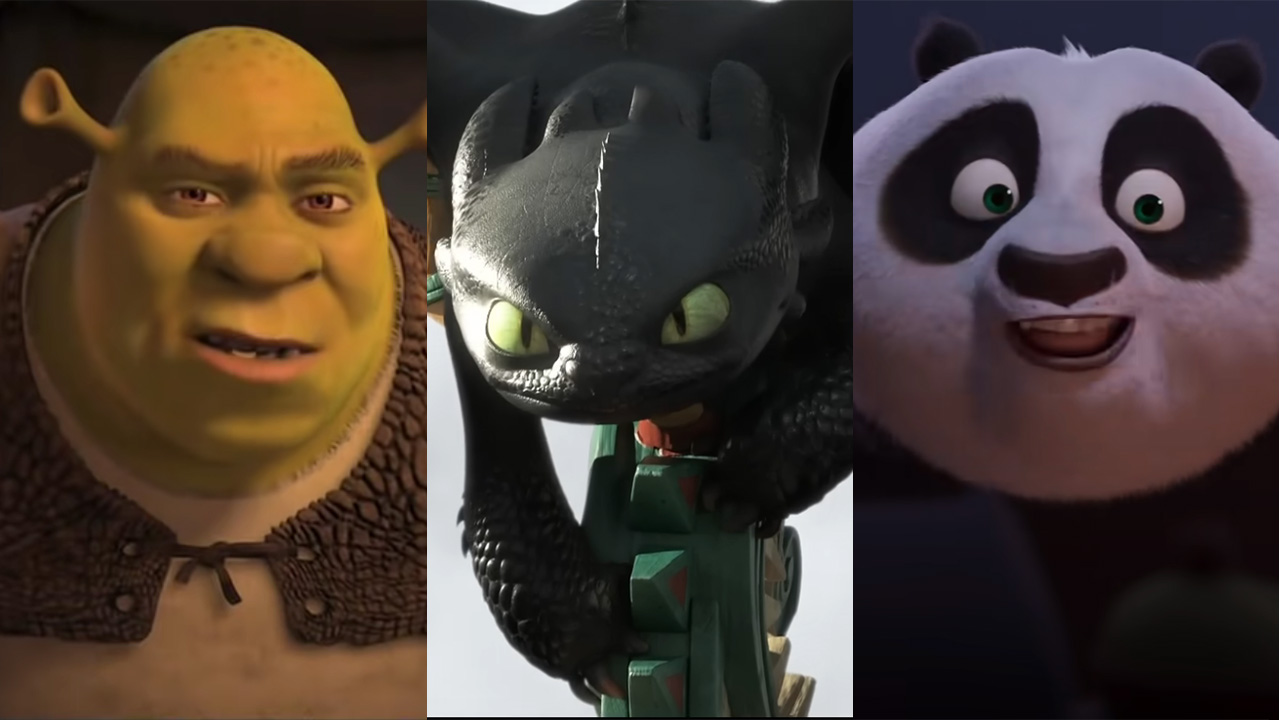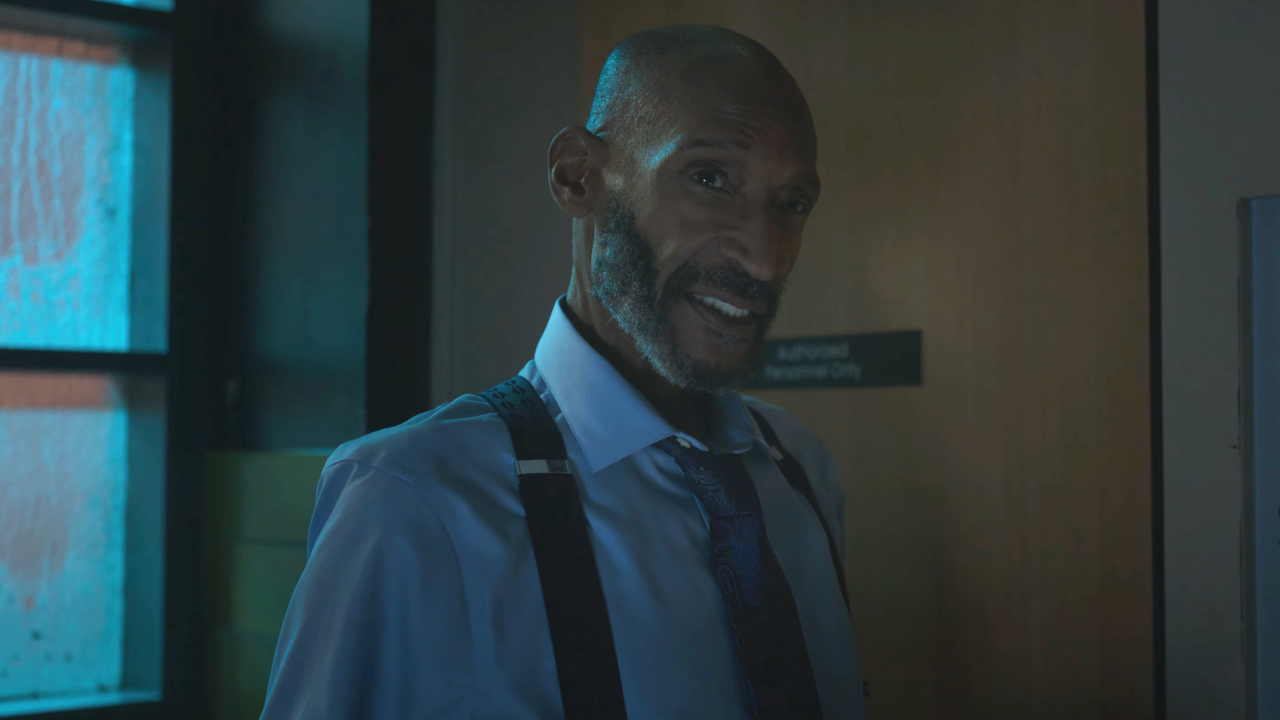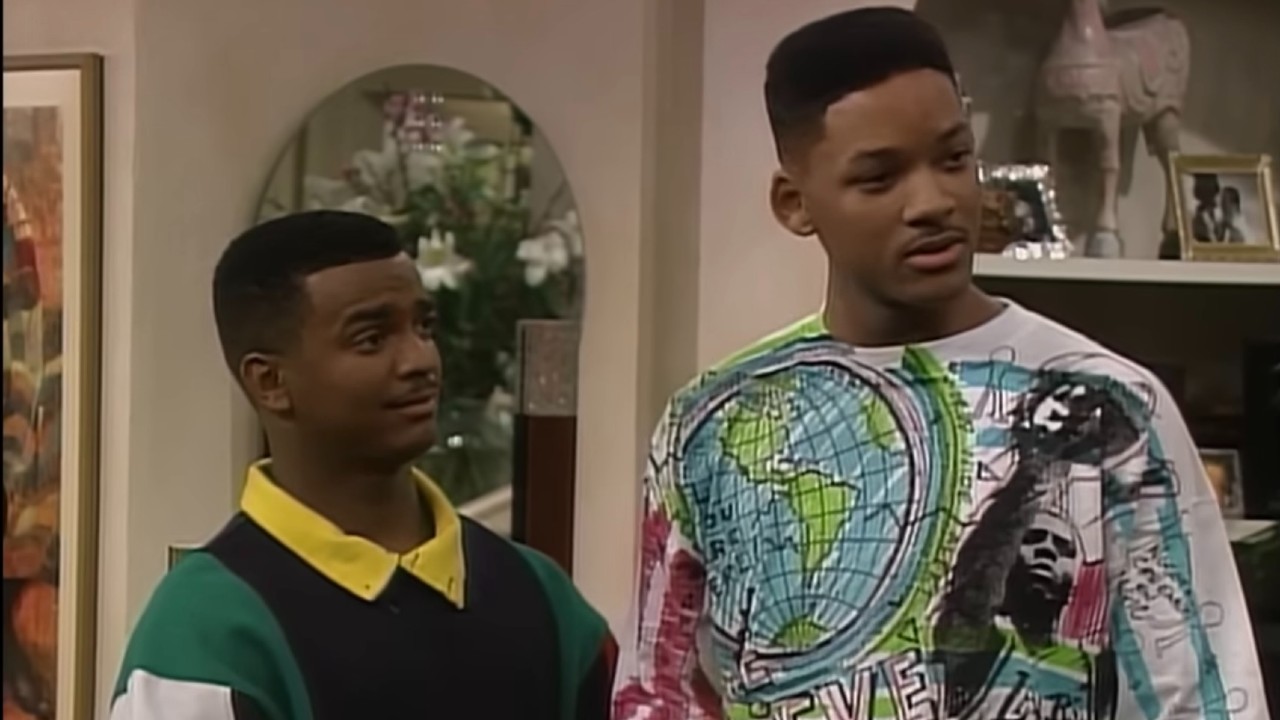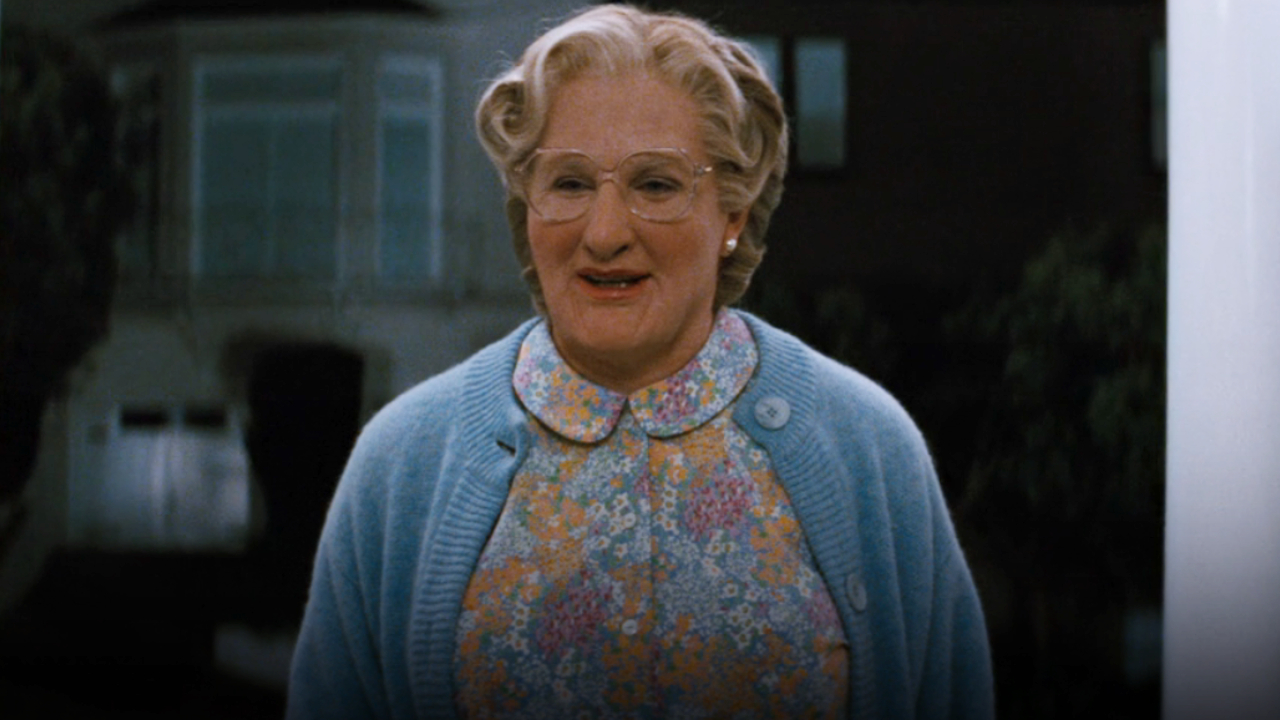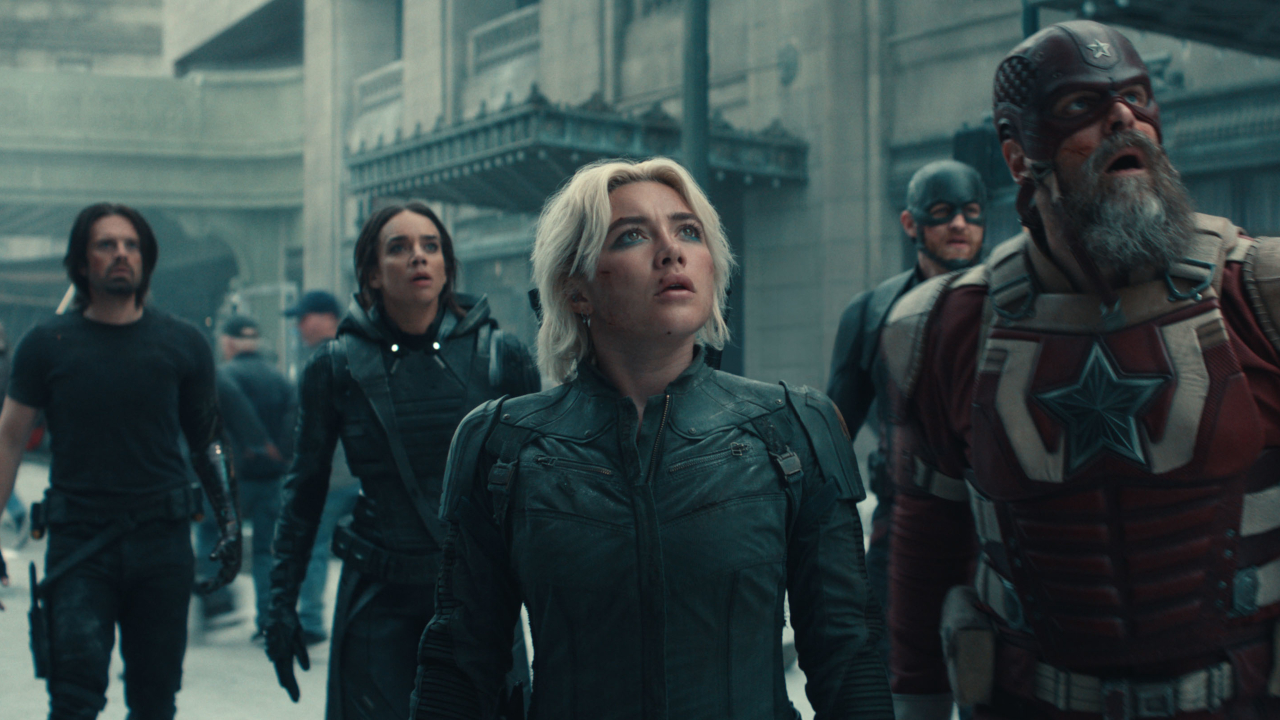Why Movies Often Don't Always Look Great On Our TV Screens
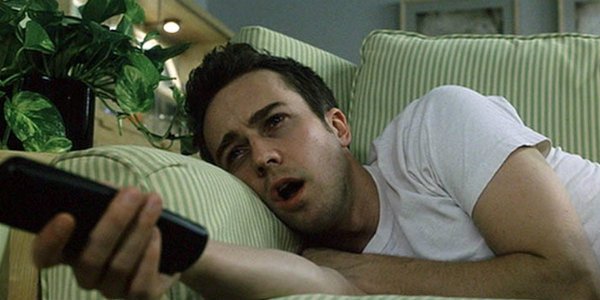
Have you ever noticed how a movie shown on your TV might not look quite as good as it does on the silver screen? It is the same sequence, but something about the picture and the movement just seems unnaturally smooth? Well, Guardians of the Galaxy director James Gunn has noticed this as well, and he attributes this issue to a pesky television setting known as "motion smoothing." The filmmaker took to social media in a rant about his disdain for the format after watching Ridley Scott's Blade Runner on his parents' TV ahead of a screening of Blade Runner 2049 and wrote:
I have tickets to see Blade Runner 2049 today. So last night in preparation I watched the original film in my parents' house. Within a couple minutes I noticed my parents had motion smoothing on their TVs - also known as motion interpolation or, as I call it, "Satan's spectacles." It comes as the default setting on most TVs these days which means most old people, like my parents, will go to their graves watching TV in a shittier way than necessary. I've never met a filmmaker who doesn't hate this option, as it makes 2001: A Space Odyssey look like Days of Our Lives.So of course I not only changed the settings in the bedroom I was watching Blade Runner, but snuck around the house doing so on all of my parents' TVs. Yes, I know it's possible my parents might see the difference and say "I liked it the old way," but sometimes culture must be force fed to people who at first don't understand it.Change every TV you can get your hands on, everywhere, no matter what.Have a great Thursday.
Motion smoothing is one of those features that you may have noticed while watching a movie on your television -- even if you did not know that it was called that. Also referred to as the "Soap Opera Effect" (because daytime soaps are typically shot on video, and not on film) it's just a function designed to reduce blur in high-definition content that usually runs at a higher frame rate -- such as 30 frames per second, or 60 frames per second.
In a sports setting, the result is a function that allows everything to look as crisp and clear as possible, thus allowing the audience to keep track of the ball in a far more coherent fashion. However, an unintended consequence of this format noted in James Gunn's recent social media rant is that it makes movies (typically shot at 24 frames per second) look unnaturally smooth on a small screen. That's the traditional definition, but I have to admit, I like "Satan's Spectacles" as a fun nickname for the setting.
If you need a better understanding of what motion smoothing looks like in action, take a look at a side-by-side comparison of a movie scene (in this case, a car chase from Drive) using the effect and not using the effect. See if you can spot the differences.
James Gunn's issue with the function is not necessarily the mere fact that it exists, but rather the fact that it is automatically turned on by default in many television sets, and it's difficult for the layperson to figure out how to turn it off. As a result, the Slither director has started to enlist fellow Hollywood heavy-hitters like War For the Planet of the Apes' Matt Reeves and The Last Jedi's Rian Johnson (among others) to call for the removal of motion smoothing as a default feature.
In fact, the director posted a headcount of A-listers who signed onto his cause while also calling for more filmmakers to hop on-board. Gunn said:
At this point, it's unclear if James Gunn's quest to rid the world of default motion smoothing will prove fruitful. There seems to be a reasonably substantial opposition to the function online, but only time will tell if TV manufacturers will catch on and make it a feature that you can turn on -- rather than something you have to turn off.
CINEMABLEND NEWSLETTER
Your Daily Blend of Entertainment News
But enough about movies on television, if you're looking for more up-to-date details on all of the films set to debut on the silver screen over the next year, then take a look at our 2017 movie premiere guide and our 2018 movie premiere guide.
This poll is no longer available.
Originally from Connecticut, Conner grew up in San Diego and graduated from Chapman University in 2014. He now lives in Los Angeles working in and around the entertainment industry and can mostly be found binging horror movies and chugging coffee.



